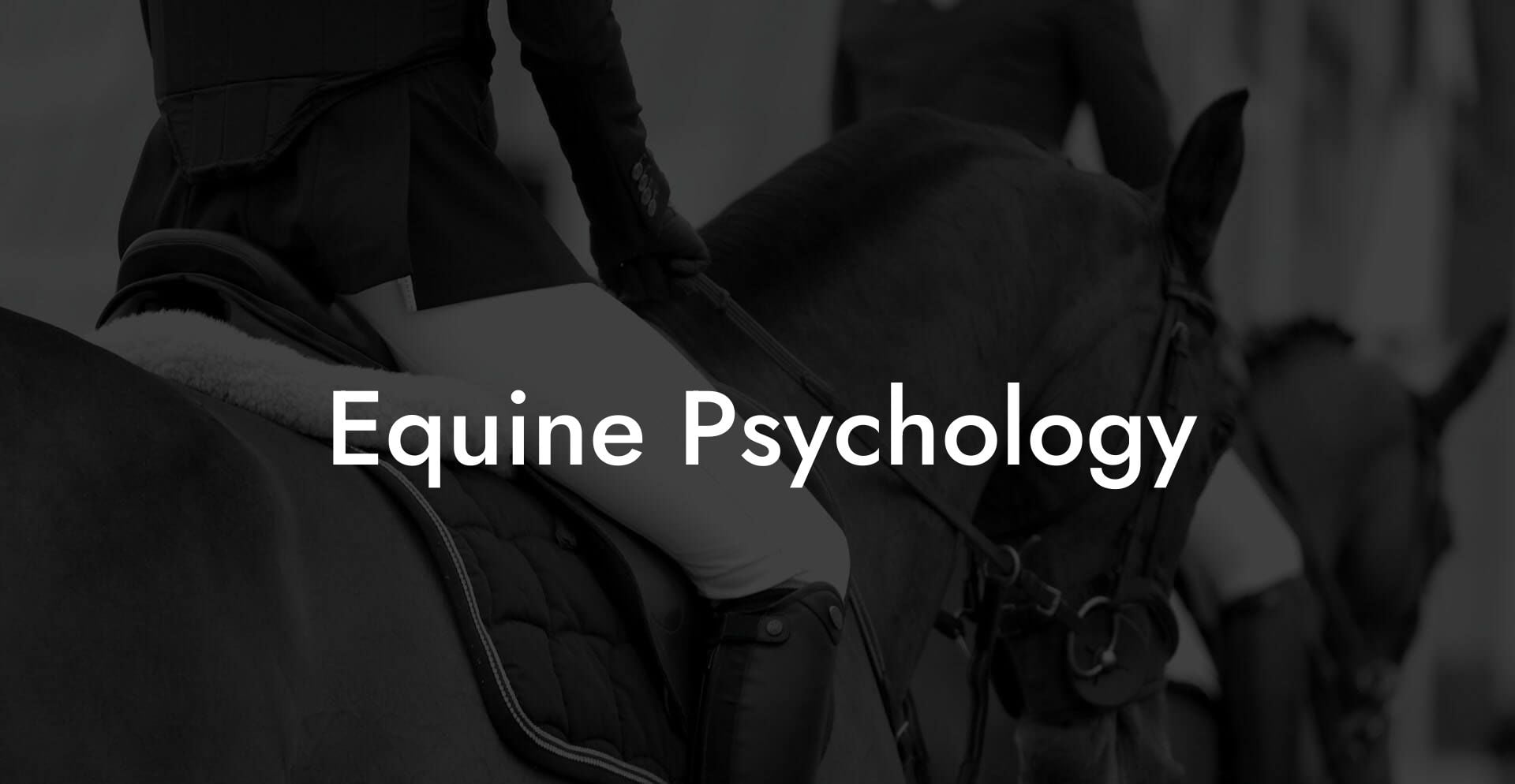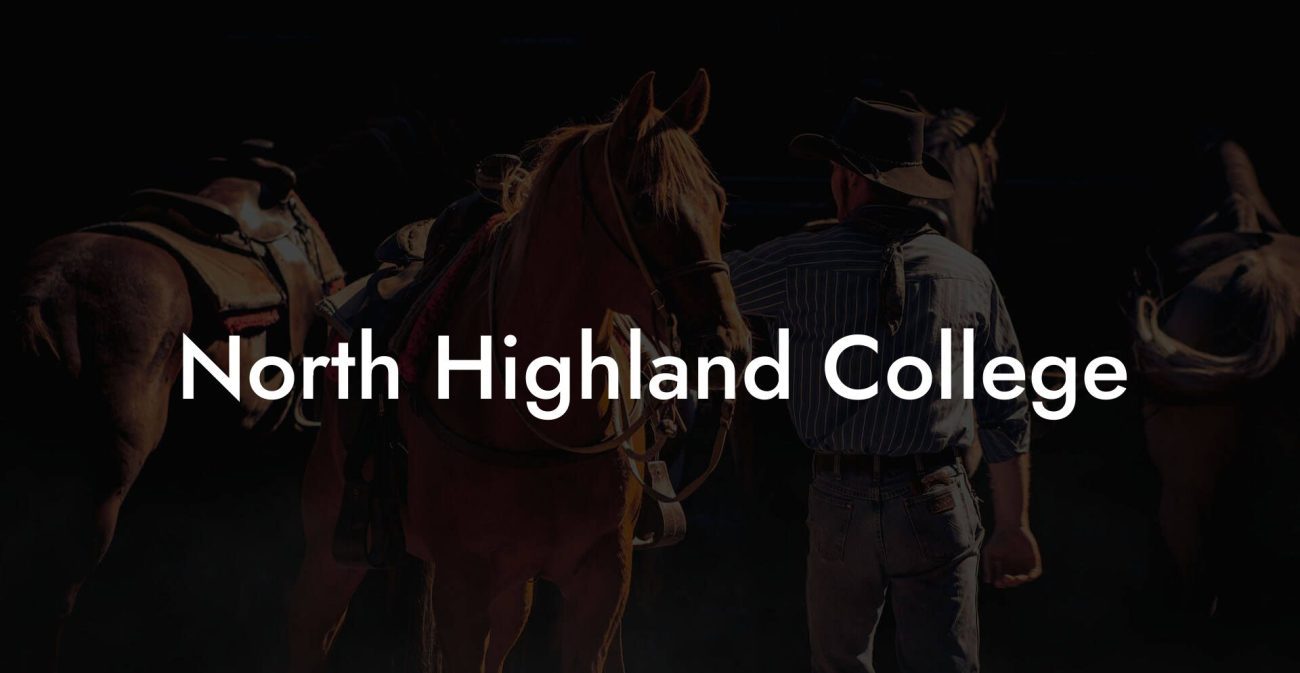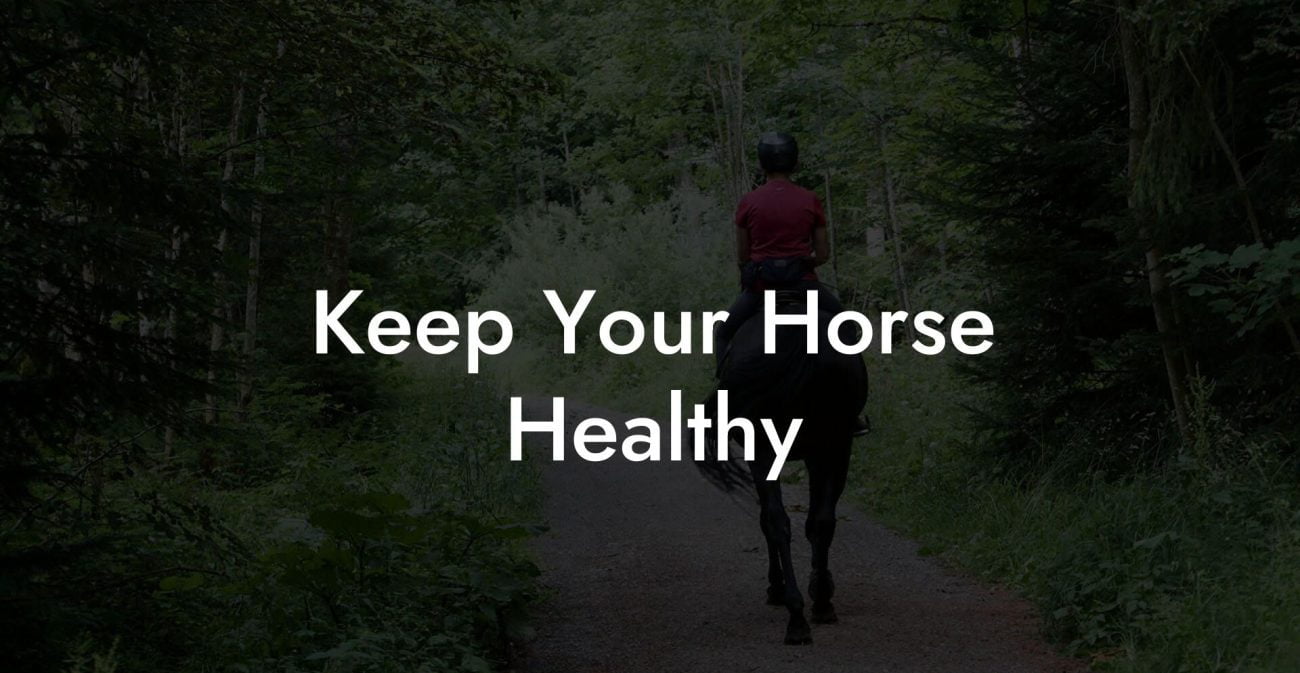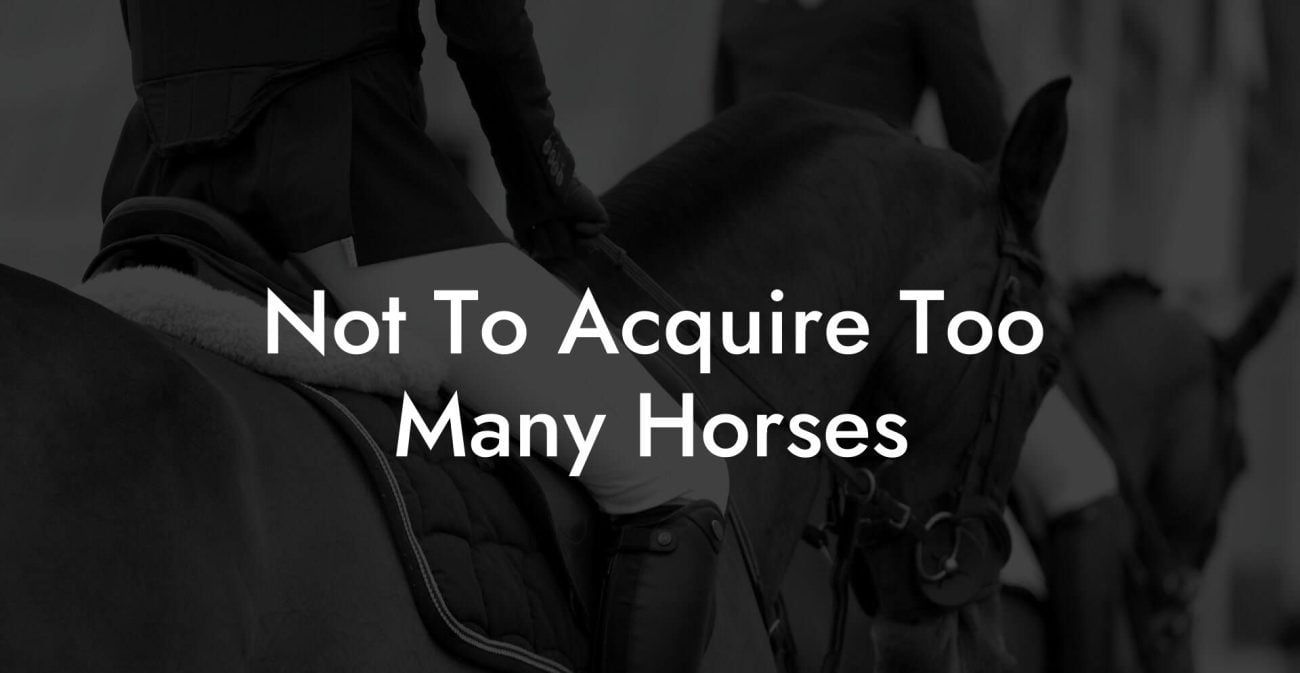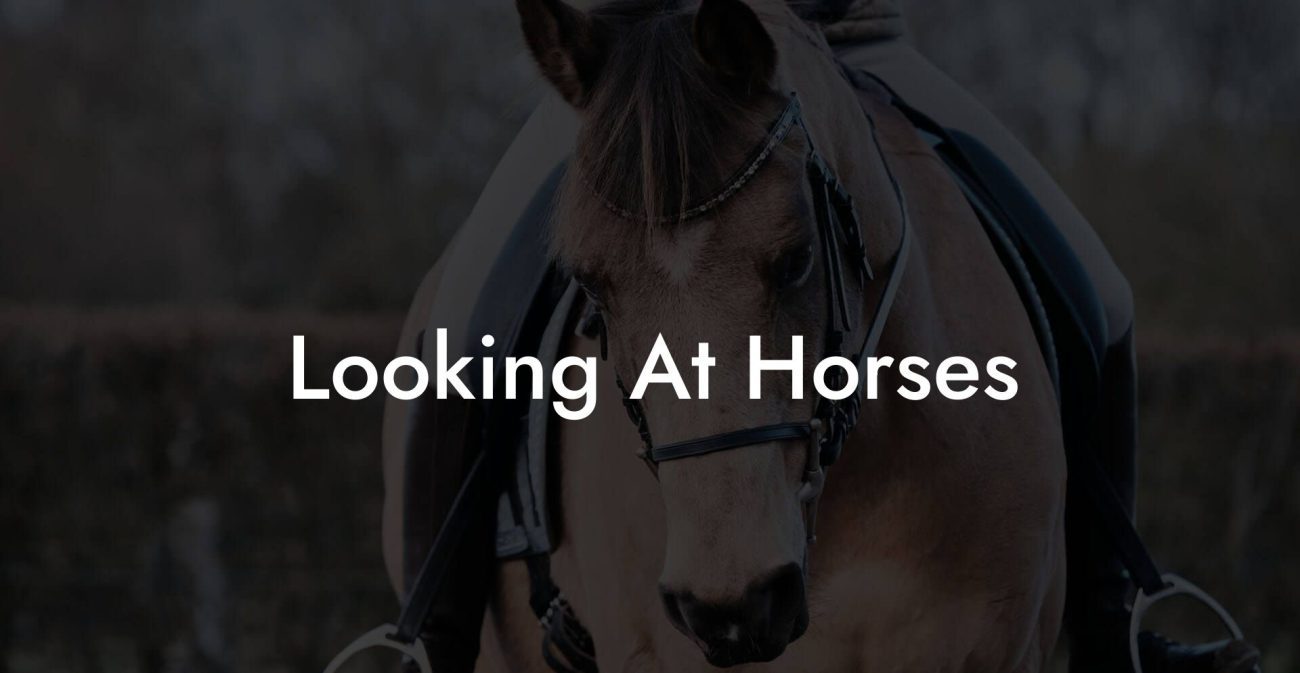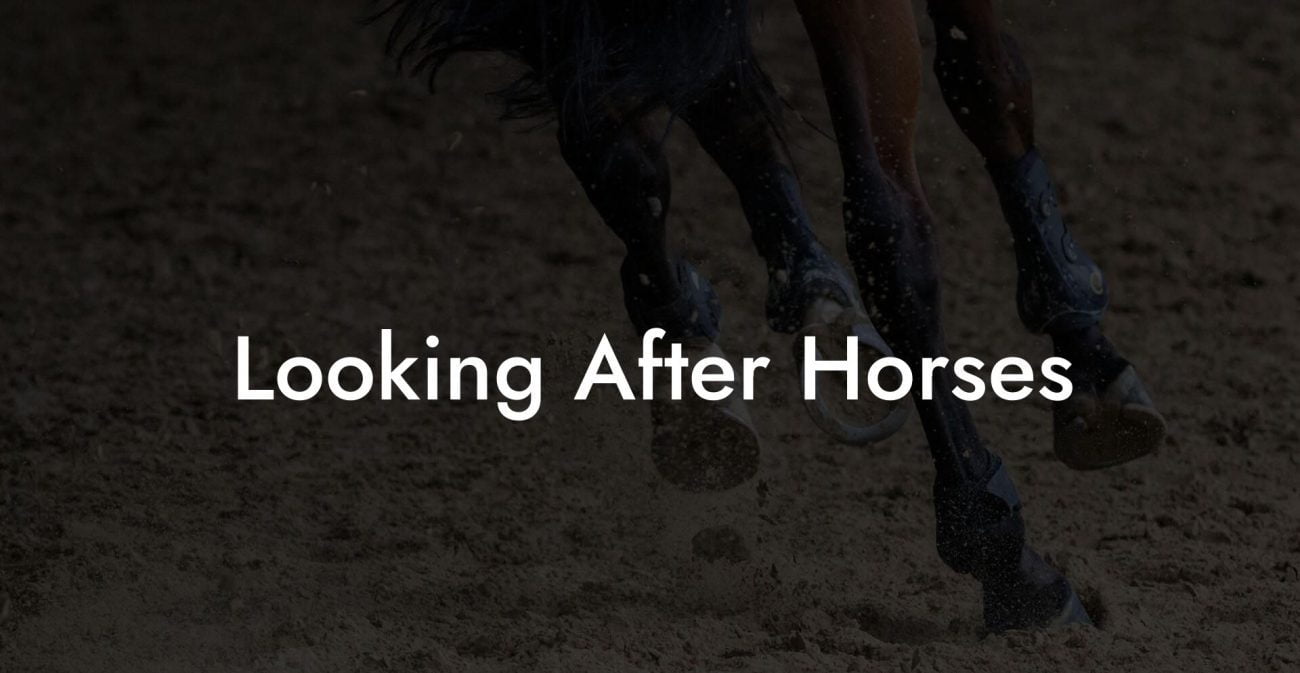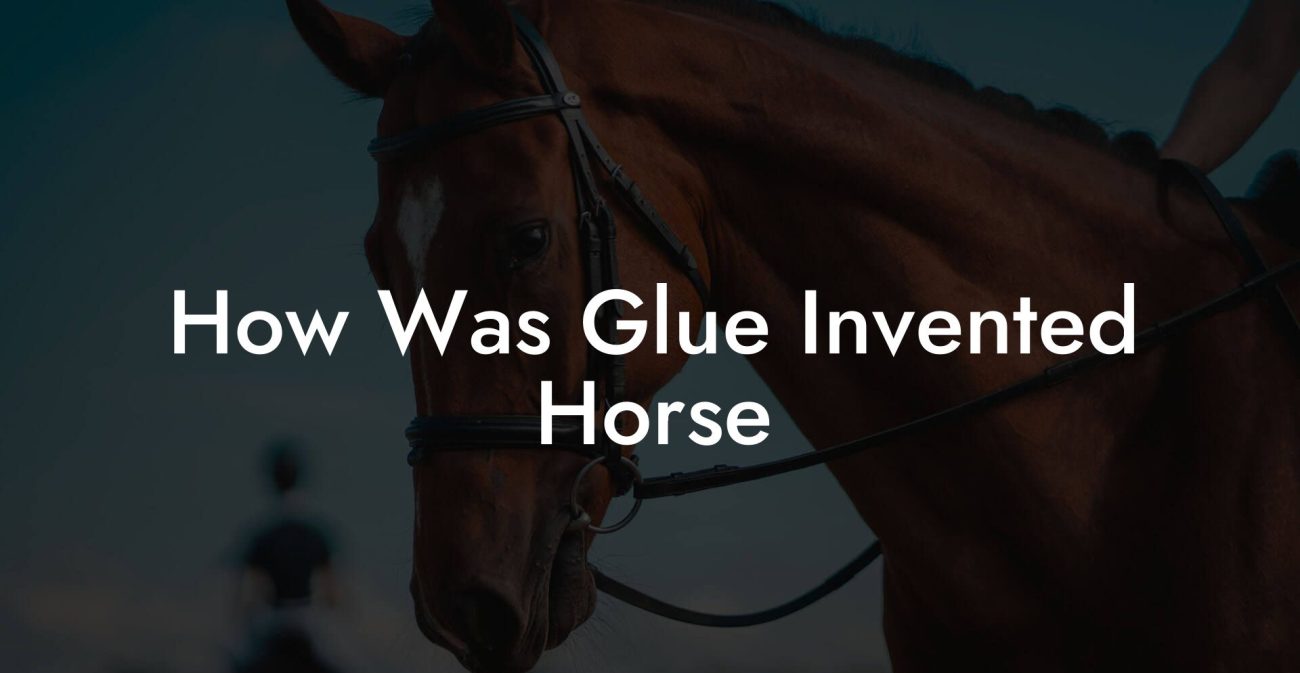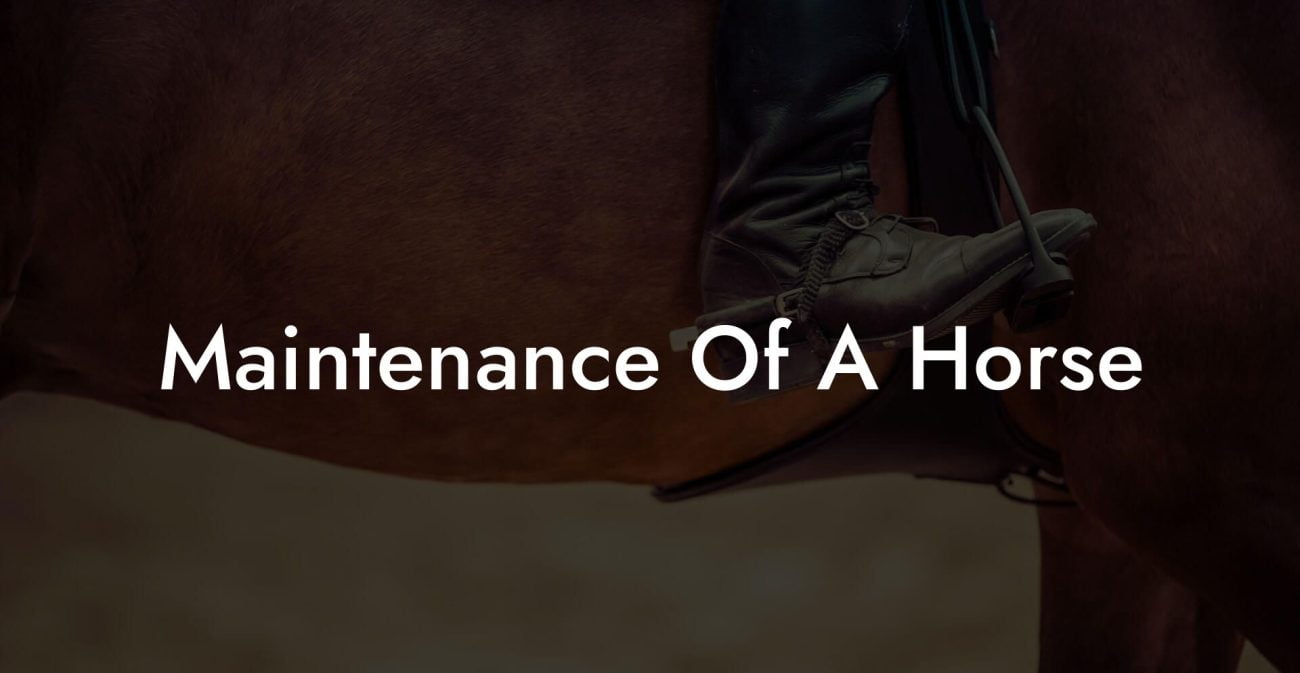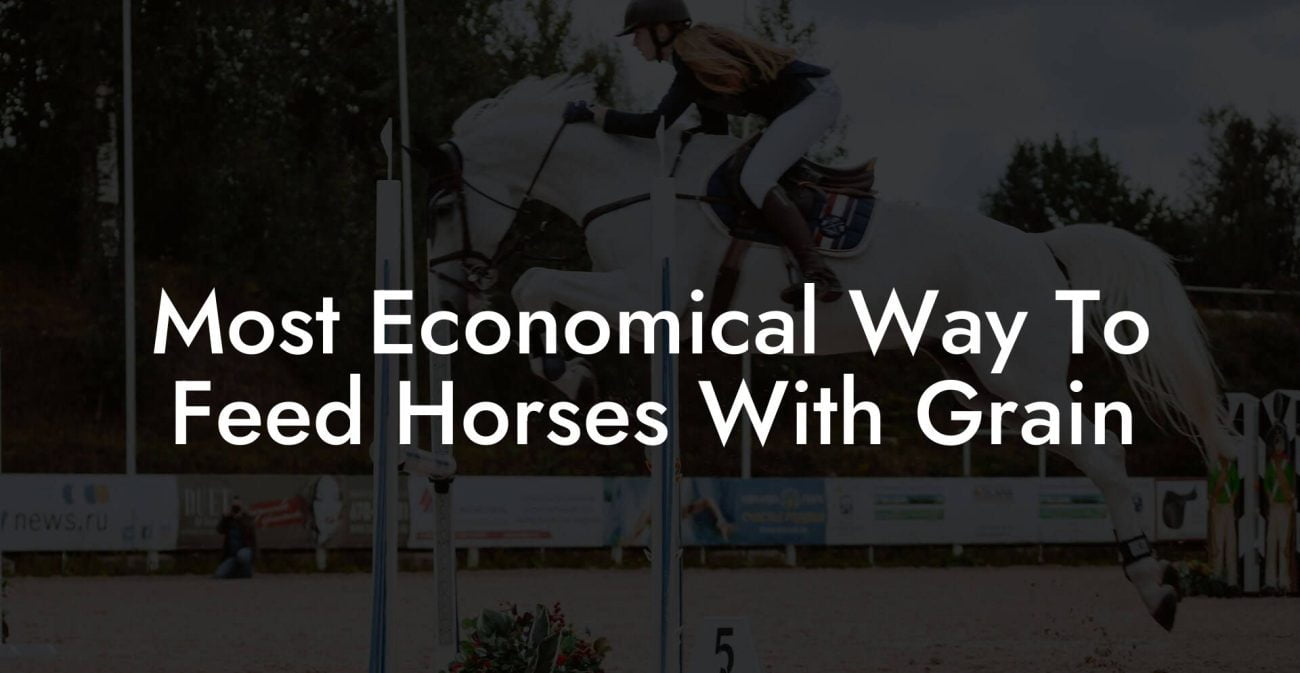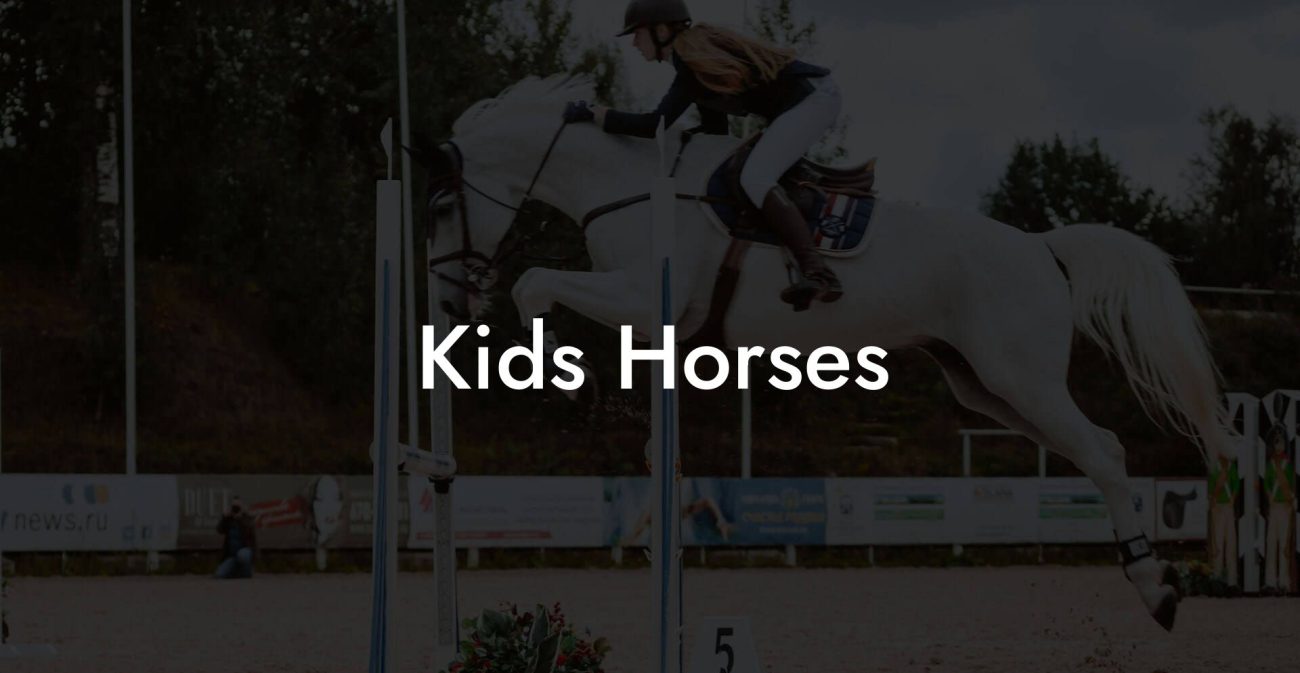Ever had that moment of staring into a horse’s soulful eyes and wondering what secret stories lie behind that majestic gaze? Equine psychology isn’t just a fancy term reserved for academia, it’s the vibrant science and art of understanding our equine companions at a level that transforms everyday care into a profound journey of mutual respect, trust, and even a little bit of magic. Whether you’re a seasoned rider, a curious first-time caretaker, or someone who simply marvels at a horse’s grace, get ready to dive into a world where every snort, toss of a mane, and soulful whinny tells a story of emotion, instinct, and untapped wisdom.
Quick Links to Useful Sections
- What is Equine Psychology?
- The Science Behind Equine Behavior
- Understanding Equine Emotions and Cognition
- The Human-Equine Connection: Communication and Trust
- Behavioral Cues and Body Language in Horses
- Training Through the Lens of Equine Psychology
- Positive Reinforcement Techniques
- Building a Two-Way Communication System
- Non-Confrontational Approaches
- The Role of Environment in Equine Well-Being
- Holistic Approaches: Beyond Basic Training
- Equine Massage and Bodywork
- Mindfulness and Equine-Assisted Therapy
- Integrative Nutritional Support
- The History and Evolution of Equine Psychology
- Equine Case Studies: Real-Life Transformations
- Case Study 1: From Frightened to Fearless
- Case Study 2: Rebuilding Trust After Trauma
- Case Study 3: Enhancing Performance Through Emotional Balance
- Debunking Common Myths About Equine Behavior
- Resources and Community Support: Your Next Steps
- FAQ: Equine Psychology and Horse Care
- Your Journey Towards a Deeper Equine Connection
What is Equine Psychology?
Equine psychology is the study of the minds of horses, their behaviors, emotions, communication patterns, and how they interact with both their environment and human partners. Far from being one-dimensional beasts of burden, horses are complex creatures with a rich inner life that influences everything from their social dynamics within a herd to their reactions during training sessions.
Think of it as getting to know a best friend who communicates with physical gestures, soulful glances, and a subtle language of body signals. By understanding equine psychology, we get insights into not only how horses think and feel but also how we can enhance their well-being, manage behavioral challenges, and foster a more positive relationship that’s based on empathy and respect.
In a way, it’s akin to deciphering a secret code, a combination of evolutionary biology, modern science, and common-sense observation that caters to enhancing the quality of life for these magnificent animals. This knowledge not only deepens our connection with them but also reshapes the way we approach training, rehabilitation, and even day-to-day care.
The Science Behind Equine Behavior
At the heart of equine psychology is the fascinating interplay between a horse’s biology and its behavior. Evolutionarily, horses have been prey animals for millions of years, which has shaped them into creatures that are highly perceptive, reactive, and incredibly in tune with their environments. Their survival instincts mean that even the smallest environmental cues, a sudden movement in the bushes, a change in group dynamics, or a whisper of wind, can trigger instinctive responses.
This survival-oriented mindset influences everything from their fight-or-flight response to the formation of herd hierarchies. For example, a horse’s natural tendency toward caution ensures that they always have one eye on potential threats. On the flip side, it means that establishing trust with these sensitive animals requires patience, consistency, and a good dose of empathy.
Modern breakthroughs in neuroscience and animal behavior studies shed new light on the complexity of equine cognition. Research shows that horses are capable of forming long-term memories, learning through observation, and even experiencing a range of emotions like joy, fear, and sometimes even empathy. This blend of instinctual behavior and cognitive insight makes them unique companions that are far more than just physical beings, they are emotional, social creatures with a lot to “say” if we only know how to listen.
Understanding Equine Emotions and Cognition
Horses have a remarkable emotional spectrum that often goes underappreciated. From the exuberant joy displayed during a spirited run to the subtle signs of discomfort during a minor ailment, understanding their emotional language is key to effective horse care. Emotional states in horses are communicated through various cues such as ear positions, tail movements, facial expressions, and body posture.
For instance, a relaxed horse will often exhibit soft, half-closed eyes and a low, gentle head carriage, while alert or agitated horses tend to have pricked ears and a high head position. Given that horses communicate in ways that do not always involve vocalizations, training your eye to pick up on these micro-signals is both an art and a science.
Cognition in horses goes beyond instinct. They have demonstrated problem-solving skills, a capacity for self-awareness, and even a certain degree of humor. Ever noticed a horse seemingly playing a prank on its stablemate or engaging in playful antics during downtime? These behaviors suggest a complex mind that processes life’s nuances in ways that continue to intrigue scientists and equine enthusiasts alike.
As you get to know your horse, you’ll start noticing that every behavior, whether it’s a small twitch of an ear or an exuberant gallop, is a conversation, a whisper of their internal state. And by learning to interpret these signs accurately, you can tailor your care approach to meet their individual needs.
The Human-Equine Connection: Communication and Trust
The relationship between humans and horses is like a carefully choreographed dance where both partners need to be in sync for the magic to happen. Known as the human-equine connection, this bond is deeply rooted in non-verbal communication. Unlike dogs or cats, horses communicate primarily through body language, which means that every gesture you make or tone you speak with can impact their behavior.
Establishing trust with a horse requires consistency, mutual respect, and a willingness to listen to their unspoken language. For example, a calm, steady voice during a grooming session or a confident yet gentle hand during a training exercise can speak volumes more than any command ever could. In contrast, sudden movements or harsh tones can lead security breaches in trust, prompting defensive reactions.
Modern equine psychology emphasizes the importance of building a partnership rather than enforcing a hierarchy. The best trainers and caretakers are those who view the horse as an equal participant, one whose input is valued and whose signals are carefully observed. When you start tuning into these subtle forms of communication, you’re not just training a horse, you’re forging a lifelong bond built on empathy, trust, and mutual understanding.
Behavioral Cues and Body Language in Horses
The body language of horses is a sophisticated language in itself. A slight shift in weight, a flick of the tail, or the positioning of their ears can reveal a wealth of information. Learning to decode these signals not only enhances safety but can also significantly improve training outcomes.
Here are some key cues to look out for:
- Ears: Forward-facing ears often indicate curiosity or concentration, while pinned-back ears can signal discomfort, anxiety, or aggression.
- Eyes: Soft eyes typically mean a relaxed state, whereas wide, startled eyes can suggest fear or stress.
- Tail: A relaxed tail swinging naturally can be a sign of calm, while a tail held high or swishing rapidly might indicate agitation or excitement.
- Stance: A lateral stance or a shift in body weight can indicate a readiness to move or a reaction to a perceived threat.
- Facial Expression: Watch for subtle changes around the nostrils and mouth; these can be hints of the horse’s current mood or discomfort level.
By familiarizing yourself with these non-verbal signals, you can respond quickly and effectively to your horse’s needs. This not only ensures a safer environment for both of you but also creates a more harmonious day-to-day interaction.
Training Through the Lens of Equine Psychology
Traditional training methods often relied on a “command and control” philosophy, where human authority was paramount. However, modern equine psychology has pivoted towards training methods that are more empathetic and respectful of the horse’s natural instincts and learning styles.
The shift towards positive reinforcement and relationship-based training has been a game changer. Here’s how you can harness equine psychology to transform training sessions:
Positive Reinforcement Techniques
Instead of focusing on punishment for unwanted behavior, positive reinforcement involves rewarding your horse when they do something right. This can include treats, petting, or even a few words of gentle praise. The key is consistency, reward the behavior you want to see more of, and over time, your horse will start anticipating the positive outcome after the behavior.
Building a Two-Way Communication System
Training isn’t just about instructing your horse; it’s about listening. Encourage feedback by noticing when a horse is hesitant or reluctant. This feedback loop allows you to adjust your training strategy in real time, ensuring that both you and your horse remain in sync.
Non-Confrontational Approaches
Avoiding confrontation in training is crucial. Horses are highly sensitive beings, and aggressive or harsh techniques can quickly damage the trust you need to build a genuine connection. By keeping sessions calm and focused on mutual respect, you create an environment where learning is a shared journey rather than a hierarchical battle.
Ultimately, training with equine psychology in mind means nurturing a learning environment where your horse feels seen, heard, and appreciated as more than just a riding instrument. It’s a chance to develop a friendship where every session deepens the bond, making every stride forward a collective victory.
The Role of Environment in Equine Well-Being
The physical and emotional environment plays a critical role in a horse’s overall psychology. Whether it’s the layout of a pasture, the design of a stable, or the social dynamics of a herd, every aspect of the surroundings impacts the mental state of these sensitive animals.
A well-designed stable space, for instance, can help reduce stress by incorporating natural light, ample ventilation, and wide-open spaces that encourage natural movements. Similarly, pasture designs that allow for grazing, exploration, and safe escapes from inclement weather contribute to overall well-being.
Equine psychology emphasizes the importance of reducing environmental stressors. For example, sudden loud noises or unfamiliar objects can trigger anxiety in horses, leading to behaviors such as rearing or bucking. Making sure that your horse’s environment is predictable yet enriched with mental stimulation can go a long way in fostering a sense of security and calm.
This holistic view of their surroundings means that caring for a horse is never just about feeding and grooming, it’s about curating an environment that encourages psychological and emotional health. By understanding how different environmental elements impact behavior, you can tailor the living space to create a sanctuary where your horse feels truly at home.
Holistic Approaches: Beyond Basic Training
The holistic philosophy in equine psychology embraces more than just traditional training techniques, it’s about integrating various aspects of care that cater to the physical, emotional, and even spiritual dimensions of a horse’s life. This modern approach draws on therapies and practices that go beyond the stable, seeking to treat the entire being rather than just isolated behaviors.
Equine Massage and Bodywork
Just as athletes benefit from massage therapy, horses can gain tremendously from regular bodywork. Techniques such as deep tissue massage, acupressure, and passive stretching not only soothe muscle tension but also enhance blood circulation, reduce stress, and promote healing after strenuous activity. Many modern trainers advocate for these therapies as essential components of a comprehensive care routine.
Mindfulness and Equine-Assisted Therapy
Mindfulness exercises aren’t just for humans; they’re becoming an integral part of equine psychology too. Practices that involve being present and attentive during grooming, feeding, or simply spending time with your horse can create a peaceful, low-stress environment that benefits both parties. In fact, equine-assisted therapy programs harness the natural calm of horses to help people overcome a variety of emotional and psychological challenges, proving that these majestic animals can be incredible healers.
Integrative Nutritional Support
nutrition is another critical facet of holistic care. A balanced diet, tailored to your horse’s specific needs, not only supports physical health but also impacts behavior and mood. Integrative nutritional approaches may include special supplements, herbal remedies, and diets rich in anti-inflammatory ingredients that help maintain energy levels and promote overall well-being.
By embedding holistic practices into your routine, you’re not just training a horse, you’re nurturing an entire ecosystem of well-being where body, mind, and spirit all ride in sync.
The History and Evolution of Equine Psychology
The relationship between humans and horses stretches back thousands of years, interwoven with mythology, warfare, and pastoral life. Ancient civilizations revered horses for their strength, speed, and seemingly intuitive capabilities. Over time, this deep-seated admiration evolved into a more scientific and systematic approach to understanding their behavior.
Early pioneers of equine psychology observed and recorded horse behavior in natural settings, laying the groundwork for modern theories. Their observations highlighted how horses formed complex social structures, exhibited behaviors analogous to human emotions, and responded to the nuances in human interactions.
Today, advanced research in animal behavior and cognitive psychology intersects with traditional wisdom to create a dynamic, ever-evolving field. Modern equine psychologists incorporate tools ranging from brain imaging to behavioral tracking devices to unravel the mysteries of the horse mind. This evolving knowledge base helps bridge centuries of anecdotal insights with empirical science, ensuring that our practices are both rooted in tradition and propelled by innovation.
As the field continues to expand, it brings with it the promise of transforming how we interact with these extraordinary animals, making care, training, and companionship an even more enriching experience.
Equine Case Studies: Real-Life Transformations
Sometimes, the most compelling evidence of the power of equine psychology comes from real-life transformations. Let’s take a look at some inspiring case studies that highlight how understanding a horse’s mental landscape can lead to remarkable improvements in behavior, training outcomes, and overall health.
Case Study 1: From Frightened to Fearless
Bella, a once-skittish mare with a history of severe anxiety, was known for bolting at the first sign of a storm or unfamiliar noise. Her caretaker, intrigued by the principles of equine psychology, began a journey centered on understanding Bella’s specific fears and triggers. By incorporating gradual desensitization techniques, mindfulness routines during grooming sessions, and positive reinforcement, Bella slowly learned that the world wasn’t as threatening as it once seemed. Over the course of a year, Bella transformed from a perpetually alert mare to one that confidently navigated new experiences, displaying a remarkable reduction in stress behaviors.
Case Study 2: Rebuilding Trust After Trauma
Max, a stallion with a traumatic past, had learned to associate human touch with discomfort and control. His initial reactions were marked by aggression and outright avoidance. However, his trainer adopted a relationship-based approach; by respecting Max’s boundaries, allowing him to dictate the pace of interactions, and using non-threatening gestures, Max’s previously ingrained fear gradually melted away. This journey toward mutual trust was punctuated by small victories, a moment of calm when approached, a gentle nuzzle when offered a treat, and eventually led to a profound bond founded on respect and understanding.
Case Study 3: Enhancing Performance Through Emotional Balance
Luna, a competitive show jumper, struggled with performance anxiety before major events. Her rider and trainer decided to integrate equine psychology practices that focused on addressing both routine stress and high-pressure competition scenarios. By incorporating relaxation techniques, environmental enrichments in her stable, and structured pre-competition routines, Luna’s anxiety began to subside. Her performance improved not just in terms of jumps and speed, but also in her ability to maintain focus and composure under pressure.
These case studies are a testament to the incredible potential of equine psychology. By listening to the subtle cues and moods of horses, caretakers can guide them through transformations that elevate both their quality of life and their performance in various aspects of care and training.
Debunking Common Myths About Equine Behavior
As with any field steeped in tradition and lore, equine psychology is not immune to myth and misconception. A common myth is that horses operate on simple instinct alone, without the capacity for deeper emotional or cognitive insight. In reality, horses are remarkably complex, with rich emotional lives and problem-solving abilities that are astonishingly advanced.
Another myth suggests that coercion and dominance are the only ways to establish control. However, research and experience show that respect, trust, and positive reinforcement lead to better outcomes for both the horse and the caretaker. Such myths often overshadow the transformative potential of a relationship that is built on understanding and empathy.
By debunking these myths and embracing a more nuanced, scientifically-informed perspective, horse enthusiasts can cultivate a care environment that celebrates the unique identity of each equine companion.
Resources and Community Support: Your Next Steps
Embarking on a journey to deepen your understanding of equine psychology is both exciting and rewarding. Fortunately, there’s a vibrant and ever-growing community of experts, trainers, and enthusiasts all dedicated to sharing insights, research, and personal experiences.
Consider joining online forums, local equestrian clubs, or attending workshops and conferences to connect with like-minded individuals. Many universities and research institutions now offer courses or lectures on animal behavior and equine sciences, providing an excellent opportunity for further education.
There’s also a treasure trove of literature, from scientific journals to engaging blogs and multimedia podcasts, designed to inspire your journey. Whether you’re in search of the latest breakthroughs in equine neuroscience or timeless classical wisdom on horse care, the resources are as diverse as they are enriching.
By tapping into these networks and embracing ongoing learning, you’re positioning yourself not only as a caretaker, but as a knowledgeable advocate for the emotional and psychological well-being of your horse. Your next steps could involve seeking professional consultation, investing in specialized courses, or simply dedicating time each day to observe and interact with your equine friend in new, mindful ways.
FAQ: Equine Psychology and Horse Care
Here are some frequently asked questions that can help clarify common concerns and misconceptions about equine psychology and care:
1. What exactly is equine psychology?
Equine psychology is the study of horse behavior, emotions, and cognition. It examines how horses think, feel, and communicate, with the aim of improving training methods, care routines, and overall well-being.
2. How can understanding equine psychology improve horse care?
By understanding the emotional and mental states of horses, caregivers can tailor their training methods, adjust their environments, and foster a deeper, more trusting relationship with their horses. This leads to improved behavior, reduced stress, and a happier, healthier animal.
3. What are some common behavioral cues in horses?
Key cues include the position of the ears, movements of the tail, shifts in body posture, and facial expressions. For instance, pinned-back ears may indicate discomfort or fear, while soft, relaxed eyes and a gentle stance suggest contentment.
4. How do holistic approaches differ from traditional training?
Holistic approaches integrate positive reinforcement, mindfulness, environmental enrichment, and nutritional support along with conventional training methods to nurture an overall sense of well-being rather than simply enforcing control.
5. Can equine psychology help with problem behaviors?
Absolutely. Understanding the internal states that drive unwanted behaviors allows for targeted interventions, such as gentle desensitization, trust-building exercises, or changes in the living environment, that address the root causes rather than just the symptoms.
6. Is professional help necessary to implement equine psychology methods?
While many techniques can be learned through self-study and online resources, consulting with a professional who specializes in equine behavior can accelerate progress and help tailor strategies to your horse’s unique needs.
7. How can I start improving my relationship with my horse today?
Begin by observing your horse’s body language and responses. Incorporate daily sessions of calm interaction, whether through grooming, relaxed riding, or quiet time in the pasture, to build trust and create a dialogue that respects the horse’s emotional cues.
Your Journey Towards a Deeper Equine Connection
Embracing the world of equine psychology is about more than just understanding behaviors, it’s a journey that transforms the way you relate to the horses in your life. Every thoughtful observation, every patient interaction, and every shared moment in the field or stable is a step toward creating a relationship based on respect, empathy, and true partnership.
As you incorporate these insights into your daily care routines, you’re not only enhancing the quality of life for your horse but also experiencing an enriching personal growth journey. The bond you cultivate isn’t just one of control or routine, it’s a vibrant, evolving conversation between two beings who understand each other in silent, powerful ways.
So, whether you're mending a frazzled spirit, unlocking the secrets behind a nervous trot, or simply savoring the quiet moments shared in a sunlit pasture, remember that every interaction is a testament to the beauty of interspecies friendship. Trust the process, embrace the learning curve, and celebrate the unparalleled joy that comes from sharing your life with such majestic, complex creatures.
Your journey toward a deeper equine connection starts now. Equip yourself with knowledge, open your heart to the subtleties of equine communication, and embark on a path where every step, every trot, and every quiet moment is a story waiting to be told.

